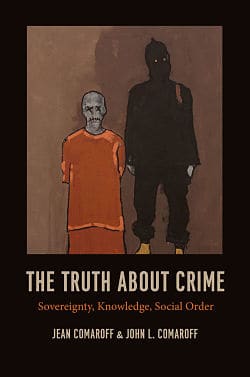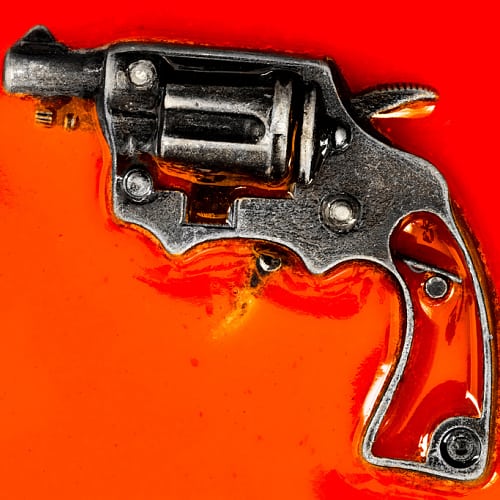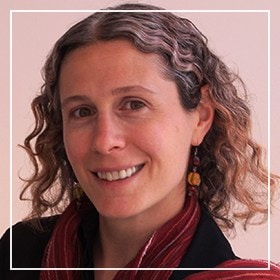What is ‘crime’? A social pathology? A violation of social order? The object or raison d’être of law enforcement? How can we best conceive of crime, criminality, and attempts to combat it? Jean Comaroff and John Comaroff unpack the place of crime in postcolonial, neoliberalized South Africa and beyond in their 2016 book The Truth About Crime: Sovereignty, Knowledge, Social Order. In doing so, they find the ‘truth’ about crime to lie in the way it serves as a medium through which ideas about social life are understood, shaped, and enacted. Crime is, in this assessment, fundamentally a reflective ‘metaphysical optic’ [8] through which people make sense of and act upon their social worlds, shaping and reshaping their politics and publics, forms of governance, and adscriptions of sovereignty.
The book is divided into two parts. The first, divided into 3 subsections, concerns the changing landscape of state, governance, and capital starting in the late 20th century, and its effects on the social locations, regulation, perceptions, and representations of crime.
Their argument is that the impact of postcolonial neoliberalism in South Africa, and similar shifts in ideas of citizenship and forms and practices of state sovereignty elsewhere, have led to crime taking on a position of heightened prominence in the social imaginary, serving as symbol and symptom, cause and consequence of the breakdown in social order.
The first subsection does the brunt of the work in tracing this ‘tectonic shift,’ laying out how the emerging conception of social order is based largely on the “protection of property and the (self-possessed) persons who owned it from variously criminalized others,” and in which the social and structural determinants of crime are erased from the language of law-making and law-breaking [25, 16]. In this new social order, as others have also noted, freedom is equated with choice, citizens engage in society as consumers, and state sovereignty is dispersed, though the privatization of security and the outsourcing of the work of disciplining labor to corporations and the vagrancies of the market.
In this configuration, policing becomes more a force for maintaining public order than fighting crime.
The second subsection focuses on the dyad crime-and-policing, a term which the authors use throughout the book to highlight the inseparable entanglement of the two. Specifically, they consider how the function of policing has trifurcated, “allocating the enforcement of order to the state, labor to the business sector, and the everyday protection of persons and property to the private domain, itself divided into the commercial (i.e., domestic security services) and the communal (i.e., neighborhood watches, informal justice, civic associations)” [67]. They also consider how public perception of the police, in contexts rife with police brutality, fear of police institutions, and state repression, leads to a “pathological public sphere” [38], in which the state is still normatively expected to take responsibility for all aspects of protection and enforcement, even as trust in the police and the state’s ability to carry out this function is seen as impossible.
 In what is perhaps the liveliest chapter of the book, the final section of part 1 traces how this ‘seismic shift’ is reflected in popular representations and the role of these in articulating and shaping social knowledge. The analysis draws on televised serials like The Wire, Breaking Bad, and The Sopranos, films like Hijack Stories and Gangster’s Paradise, and plays like Love, Crime, and Johannesburg. In doing so, it exposes how criminality serves as a privileged vehicle for exploring the tensions, contradictions, and configurations of contemporary society.
In what is perhaps the liveliest chapter of the book, the final section of part 1 traces how this ‘seismic shift’ is reflected in popular representations and the role of these in articulating and shaping social knowledge. The analysis draws on televised serials like The Wire, Breaking Bad, and The Sopranos, films like Hijack Stories and Gangster’s Paradise, and plays like Love, Crime, and Johannesburg. In doing so, it exposes how criminality serves as a privileged vehicle for exploring the tensions, contradictions, and configurations of contemporary society.
The second part explores in depth the interrelationships of law, policing (official or otherwise), and social order. Drawing on Durkheim, they emphasize the ways in which crime has served as the lens through which society is imaged as a normative, authoritative sociomoral order. Yet in the new social order, they propose, we have seen a drastic destabilization of forms of authoritative knowledge, with the effect that establishing social facts or trusted truths becomes difficult if not impossible. In focusing on policing and the many official and unofficial forms it now takes, they show how crime, having lost its ability to figure as the stable antithesis of sociomoral order, becomes ‘unreadable, mysterious, explosive’ [123].
The second and fourth subsections of part 2 take on the ‘terrain of enforcement’ in South Africa [184]. The second concerns the policing of personhood and the quest of establishing personhood in uncertain times. It covers charlatans, imposters, and zombies, and how these question (or are symptoms of the questioning of) the particular ideas of authenticity, property, and individuality that are embedded in the idea of the self-possessed subject. They trace how, as humans become ever more self-defined as entrepreneurs of the self, as a form of capital, as homo economicus, “…authenticity becomes at once fetishized and impossible” [142]. Overall, the enforcement and protection of personhood as property becomes yet another impossible benchmark for measuring security and evaluating the state. The fourth subsection further explores forms of alternative policing and informal justice and the degree to which they manage to exercise sovereignty in lieu of (or in conjunction with) the state and state or market-controlled forms of policing. It explores Lone Rangers, moral policing and forms of faith-based enforcement, and organized anti-crime. Overall, they conclude that South Africa, like much of the rest of the world, is drifting evermore in the direction of deregulation of crime and justice [216].
Quantifacts, or “statistical representations that make the world “factual”’ [145], are the subject of the third subsection. It traces how crime rates circulate and how crime statistics (themselves the product of culturally mediated processes and not objective reflectors of any reality) come to increasingly represent that nation itself. The authors’ ‘criminal anthropology’ (a provocative term ripe for further exploration) traces the currency that crime statistics acquire, gaining in value and veracity through the sheer act of their repetition, and how such measures of lawlessness and victimhood have become highly productive of social imaginings.
Covering a wide range of ideas and examples, the book as a unit provides an overview of how crime-and-policing serve as the medium through which reconfigured notions of sovereign authority, law, and citizenship, and the social contract are molded. It also probes the nature and construction of social truths and social order, and the messy, violent, and disruptive forms of social interaction that flourish in the reconfigured spaces between the state, capital, and sovereign power.
This book will be of great use to scholars of crime, policing, and the state, or any facet of emerging social order following two decades of uneven but persistent implementation of forms of neoliberal governance.
Overall, its chapters draw together threads of social theory in constructive and insightful ways, and it could be productively used in graduate courses on the state, political and legal anthropology, crime, or security.
Jean Comaroff and John L. Comaroff. 2016. The Truth About Crime: Sovereignty, Knowledge, Social Order. Chicago: University of Chicago Press. 336 pp. Pb: $27,50. ISBN: 978-0-226-42491-0.
Featured image by Abhisek Sarda (flickr, CC BY 2.0)



